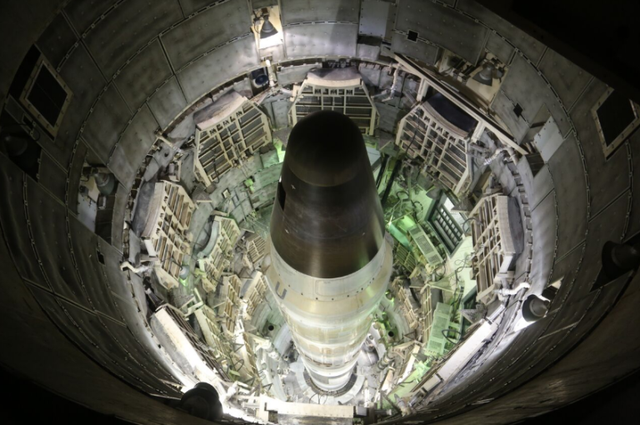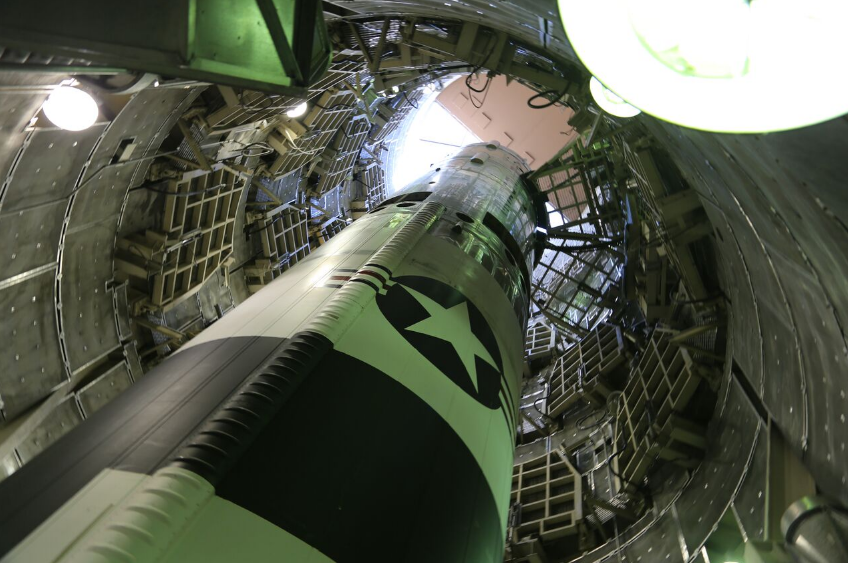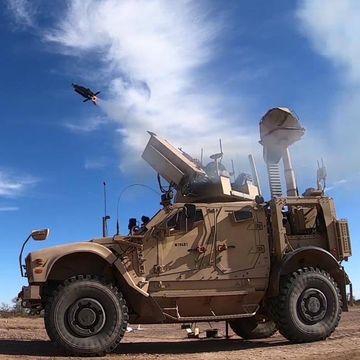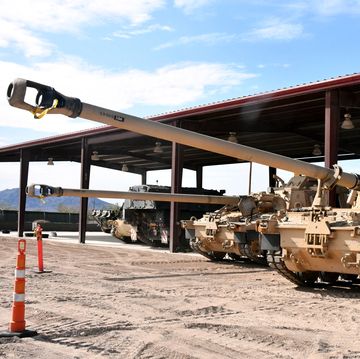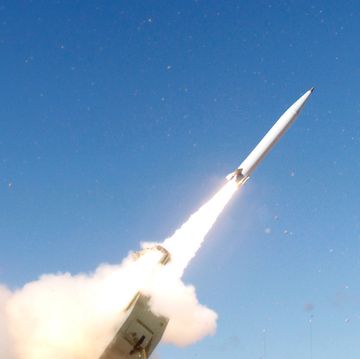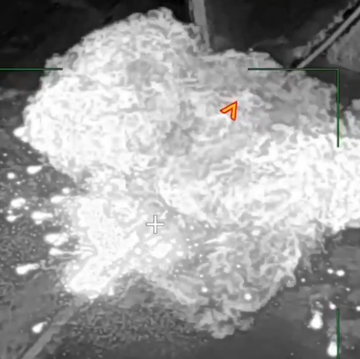All it took to nearly blow up the state of Arkansas was wrong kind of wrench.
In 1980, a 19-year old safety technician was working at the Titan II Launch Complex 374-7, just north of the small town of Damascus, Arkansas. He had brought in the wrong type of wrench while working on the missile, causing a socket to fall, causing it to ricochet, causing it to hit and pierce the skin of the rocket's first-stage fuel tank, causing the fuel tank to leak. The leak caused the rocket to explode, killing a technician sent in to fix the situation, severely wounding 20 others, and sent the warhead a hundred feet into the air, flying off into a nearby field where it was later found.
The Damascus incident is the main story in Command and Control, a new documentary by the director Robert Kenner that adapts a book by journalist Eric Schlosser of Fast Food Nation fame. "At the time," Kennar says, "It was reported that there was no way the warhead could have gone off. Eric's reporting proves it could have." The equivalent of a light switch was all that kept Arkansas and any number of neighboring states, depending on the wind, from devastation.
When I met with Schlosser recently, he said his interest in nuclear weapons dates back to the Cold War. "As a writer," he says, "I try to write about things that are deliberately hidden, and this was definitely hidden." Once Cold War documents started to be declassified, he became fascinated by the sheer number of human errors reported, even by the most skilled technicians. Those errors went into the book version of Command and Control thatcame out in 2013 to rave reviews. The documentary version is currently making its rounds at art house cinemas and film festivals.
These nuclear technicians, known as Propellant System Transfer (PTS) teams, are the stars of the film. They are portraits of young masculinity, 19- and 21-year-olds eager to make names for themselves and to play with the heavy stuff. These are the people working with the Titan II, an eight-story behemoth that Schlosser says "cannot just be written about, but must be seen to be fully experienced." (In recreations of the accident, Command and Control was given access to the last Titan II, located at the Titan Missile Museum in Arizona.)
One of the technicians seen in the film, Greg Devlin, "was 17 years old when he signed up for the Air Force—his father had to give permission" to enlist, Schlosser says. Soon he was working intimately on some of the most complex and deadly systems ever created. "You're talking about very young guys who are given checklists," he says, "that's how they know what to do. And that's who's running our nuclear enterprise, even as we speak. Robbie had some footage that didn't wind up in the film of nuclear maintenance guys today, 18-year-olds, talking about how excited they are to work on these weapons."
Age repeatedly comes in the film, along with the suggestion that more mature technicians would not have delayed telling their supervisors about their mistake for half an hour, which is what happened in Damascus in 1980. "Ideally," Schlosser says, "you'd have people with 20, 30 years of experience doing this." The movie includes footage of the PTS crew from back then, and watching their faces and those of their safety supervisors morph from patriotic technicians to people potentially dealing with the deadliest force in human history is mesmerizing, even in interviews 36 years later. The film calls to mind sci-fi thrillers like The Andromeda Strain, featuring good, smart people trying their best against a system that is not built for human control.
Schlosser expected the book to take 18 months to write, but the complexity of nuclear missile systems expanded the research to six years. "As critical as the book is and as critical as the film is about some of the management of our nuclear arsenal, it's just technologically unbelievable," Schlosser says. "Firstly, that these weapons were created. Second, that they were miniaturized and made as efficient as they were. And thirdly, that thus far the safety mechanisms have worked. And that's very impressive, when you think about how many have been submerged, dropped, subjected to fire, blown out of a silo. But the reality is, the laws of probability will eventually catch up with you."
While Schlosser gives high marks to President Obama for the Joint Comprehensive Plan of Action to restrict Iran's nuclear capabilities, calling it "one of his greatest legacies," he still has massive concerns regarding the worldwide nuclear arsenal. "I think it's a bad idea to run Windows XP as an operating system for a Trident submarine," he says, referring to England's Vanguard–class submarines. As for the USA continuing to use the 16-bit IBM Series/1 for command and control, Schlosser admits their extended stay at the helm since 1976 has made them unhackable, but he worries about new dangers such as trying to repair one of these systems. Quite simply, "They're running out of parts!"
It's clear that he would rather just end the program altogether, as opposed to trying to control nukes with new, shiny systems. Consider a comparison to the space shuttles, Schlosser says, where engineers were sure they'd done everything right and the program still lost two vehicles in 165 launches. "To create a launch vehicle that you can land on a runway is unbelievable. But at the same time, there's always going to be an imperfection, there's always going to be something unanticipated. They never thought about how the O-rings [on the Challenger] would fail in cold temperatures, and the same is true of these nuclear weapons. There's a ghost in the machine."
While some could argue that loss of life, however tragic, should not stop space exploration, the mass casualties that a single nuclear weapon could unleash on home soil documented in Command and Control should give anyone pause.
"There's a human error inherent in all the designs," Schlosser says. "The software, everything is designed by people. But the ultimate human error is thinking that we can control these systems."
David Grossman is a staff writer for PopularMechanics.com. He's previously written for The Verge, Rolling Stone, The New Republic and several other publications. He's based out of Brooklyn.
